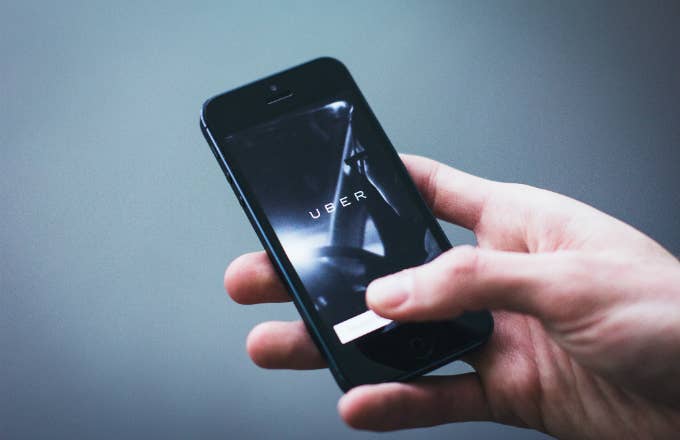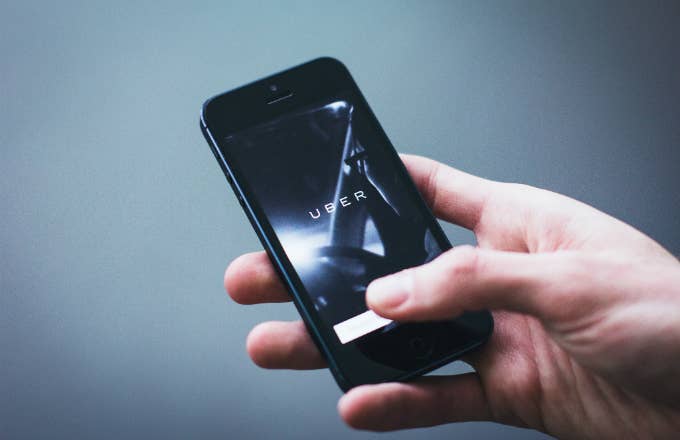
Uber is finally making some serious strides toward removing the one feature about its popular vehicle-for-hire service that's almost always lame: the people. In the future, we'll be able to order an Uber and relish in the comfort that, no, the driver won't attempt tedious small talk or offer us weird taffy that's been piled up in the glove compartment for who knows how long. Because, dear friends, the future has no room for people in the driver's seat.
That's right. Uber is is launching self-driving cars on its app for users in downtown Pittsburgh later this month, Bloombergreported. Though the initial fleet will be supervised by annoying-ass humans "for the time being," the move still marks a major breakthrough for the mainstream adoption of autonomous vehicles.
The debut fleet will feature a modified Volvo XC90 SUV, made safely futuristic with the addition of sensors that utilize GPS receivers and cameras to keep the vehicle doing its job. 100 Volvos are due by the end of 2016, with Bloomberg reporting that "a handful of vehicles" have been delivered thus far. A fully autonomous (i.e. driver-free!) edition is expected by 2021 as part of a $300 million pact signed by Uber and Volvo.
The semi-driverless trips in Pittsburgh will be free for a limited time, with the goal being to ultimately get service-wide prices for the feature so low that a driverless Uber is cheaper than a private car. But the Volvo-Uber team-up isn't an exclusive deal with a ton of constraints, as revealed in Uber's simultaneous announcement Thursday of its acquisition of Otto.
Otto, a tech startup with a mission of rethinking the very idea of transportation, focuses its efforts on self-driving trucks. "When it comes to this advanced technology stack, Otto plus Uber is a dream team," Uber CEO Travis Kalanick said in a press release announcing the deal. "[Otto co-founder Anthony Levandowski] is one of the world's leading autonomous engineers."
In summary, this all means a future with less person-to-person interactions and easier (re: taffy-free) means of transportation.

